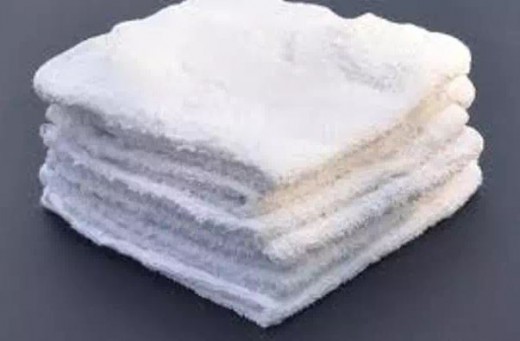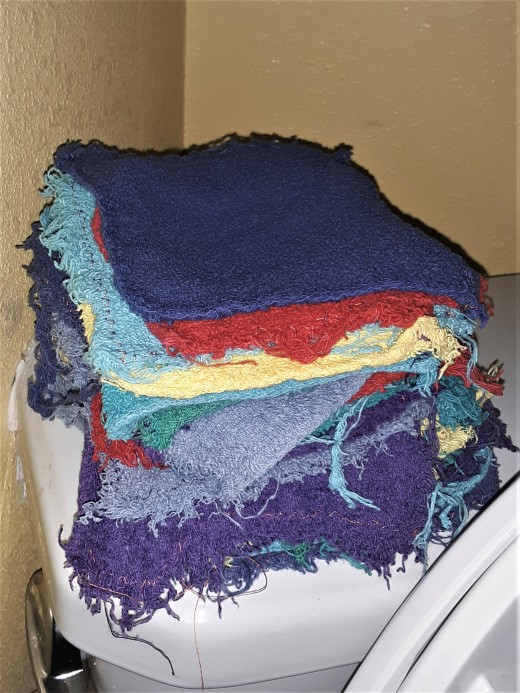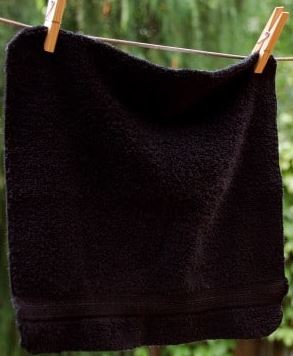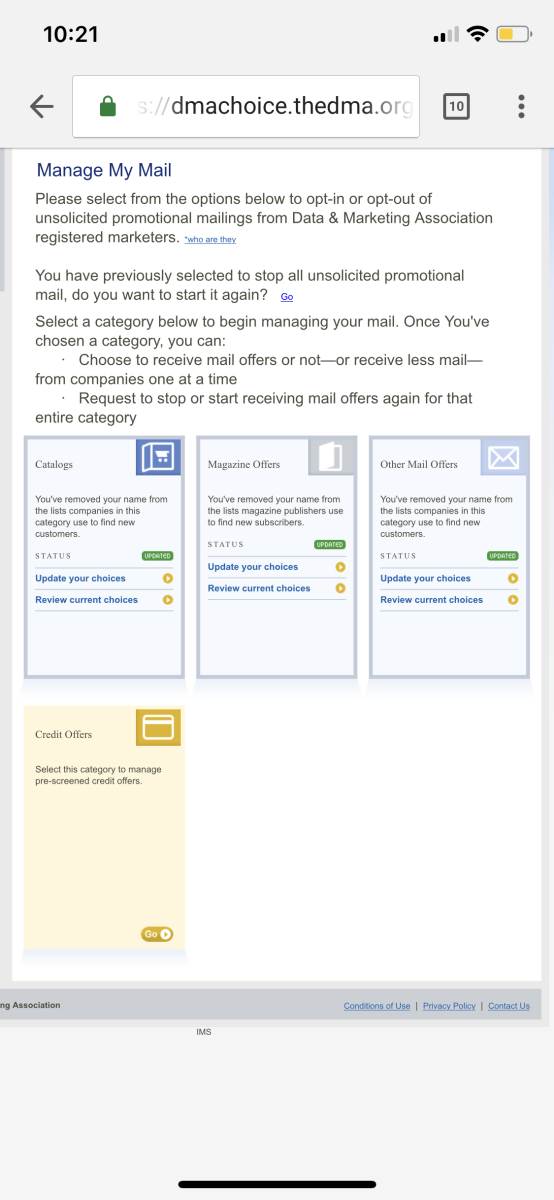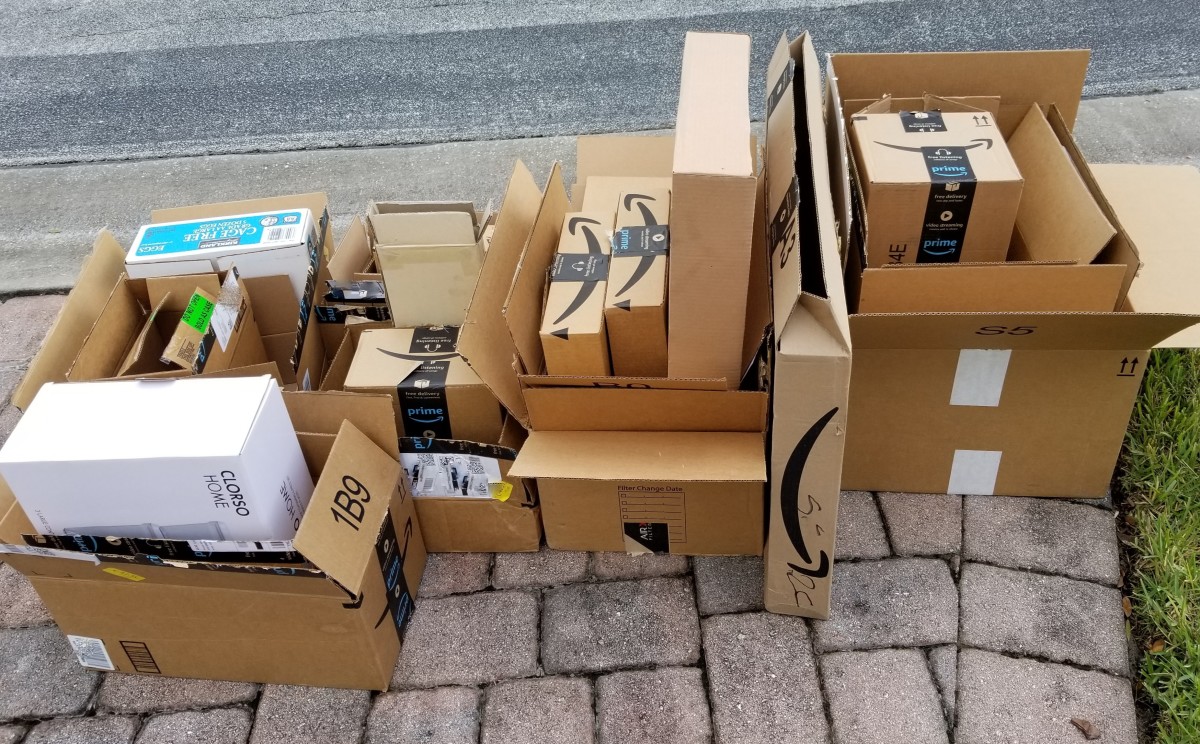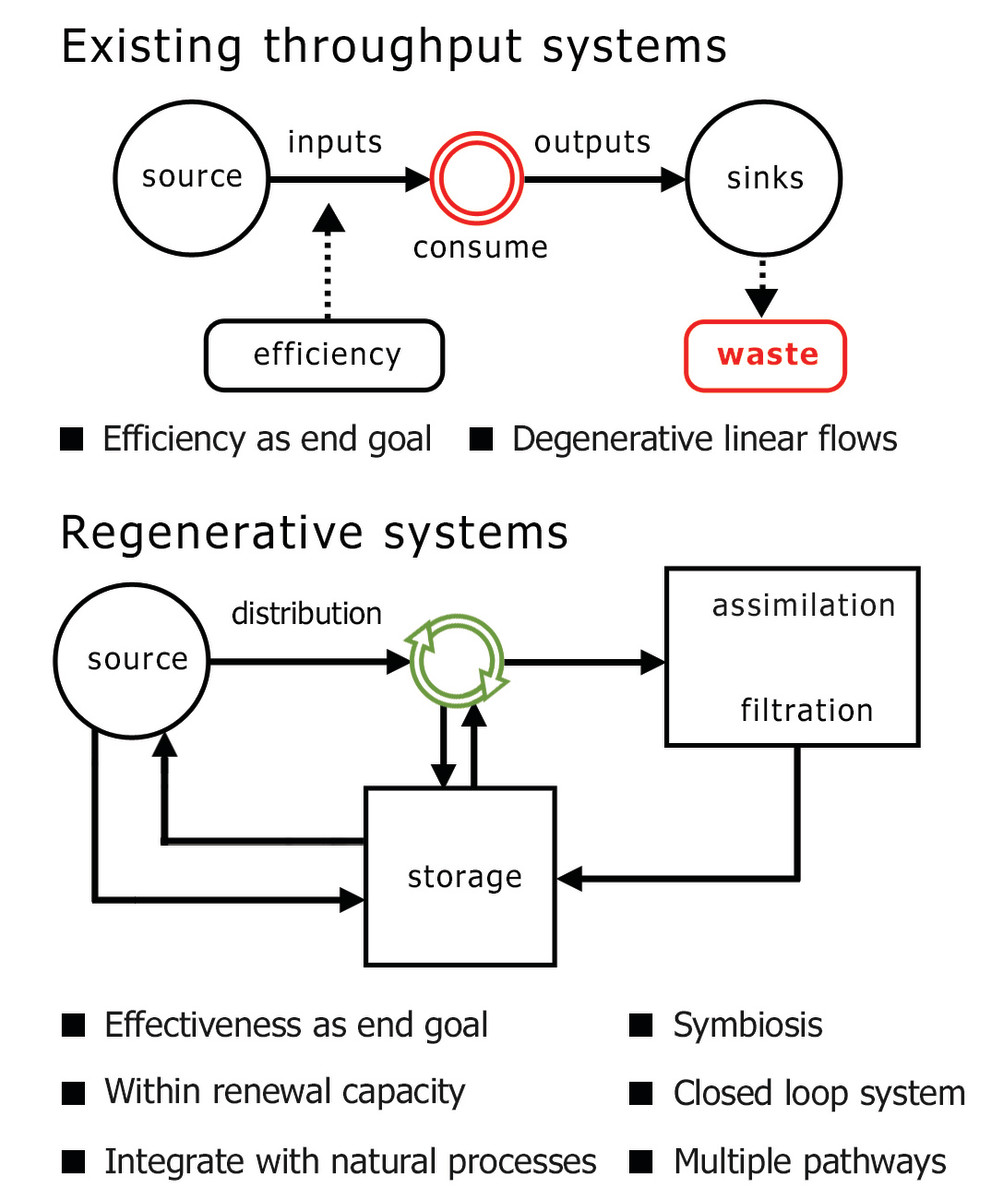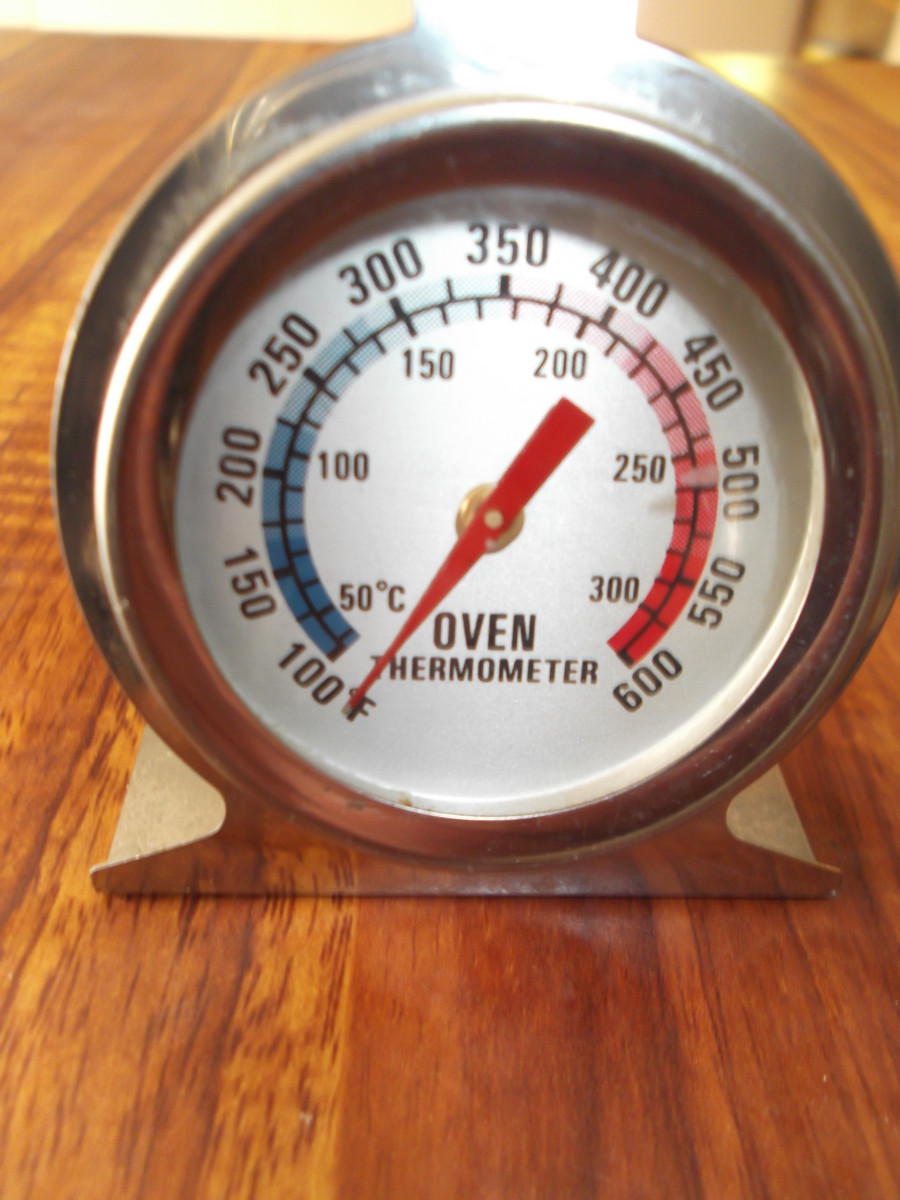Sustainability. Breaking free from paper.
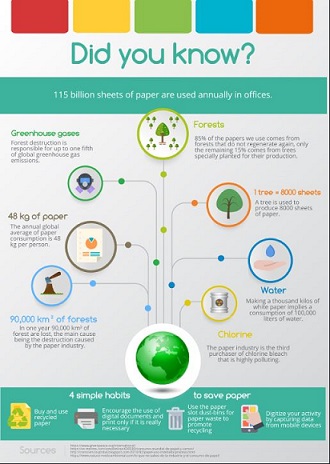
The Heavy Cost of Paper
The destructive effects of discarded plastics are often the most pervasive images in the pollution narrative. However, in researching the topic of paper I found many facts more disturbing than what we accept when considering plastics. While visiting the SignEasy website, I found some unsettling information. Current paper production currently consumes twice the energy needed to produce a plastic bag and requires 10 liters of water (just over four cups).
Up to 50% of the waste produced by businesses is constituted by paper which also contributes to pollution. Paper and pulp are the third largest industrial polluters of air, water, and soil. Paper manufacturers use harmful chemicals when producing paper products: discarded paper rots and releases methane gas, 25% more toxic than carbon dioxide.
Various media outlets and public service announcements have heightened U.S. sensitivities to recycling but have failed to quail American paper consumption. Unfortunately, as of 2016, the U.S. population's paper consumption has doubled over the last two decades, and at least a third of it ends up in a landfill . Perhaps the most disheartening fact is 42% of global wood harvested through deforestation is used for paper . The overwhelming majority of American paper consumption falls under business and office operations, but individual home pretty much represents the remaining 58%.
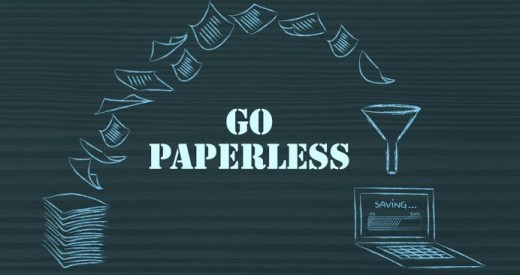
Opt-In to "Go Paperless"
Go paperless with all your personal accounts. Bills are the easiest, and consider reading some of your publications electronically. E-readers, such as Amazon's Kindle allow readers to enjoy subscriptions to their favorite newspapers and magazines. When given the option to receive documents electronically, opt-in. Retail organizations such as "The Home Depot" and many doctor's offices provide email options to receive receipts and other correspondence. When you find yourself with pieces of paper (it is often unavoidable) try to reuse/repurpose when possible.
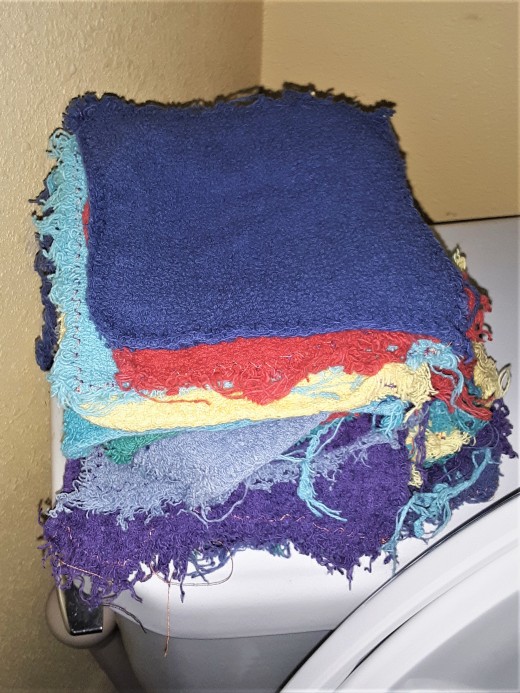
My First Steps
The very first step I took to reduce my paper consumption was immediately opting in to go paperless. Now, whenever I see a "Go Paperless" option for an online account, I click with an emphatic YES! Going paperless not only helps to reduce pollution and waste, but it reduces costs for the sender and the receiver and reduces necessary storage space. We all save money when we are neither buying nor storing paper.
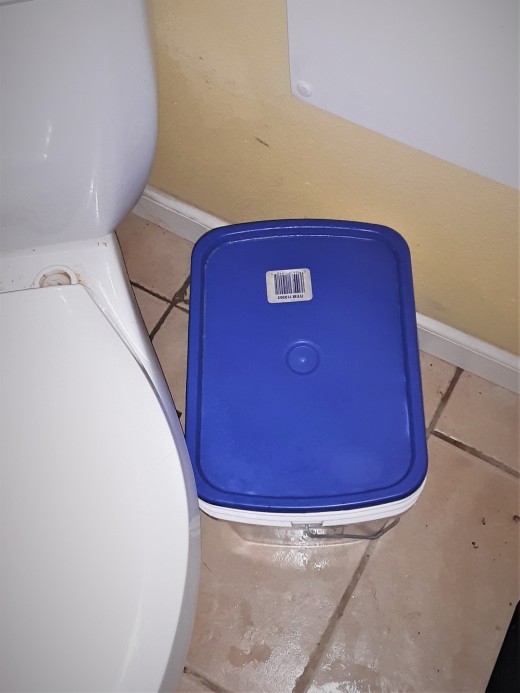
The next significant move I made was the removal of disposable paper products from my home. I no longer use paper towels or toilet paper, and the change was neither jarring nor uncomfortable for myself or my children. Obviously substituting paper towels for cloth towels seems easier than replacing toilet paper but it really was not. I bought all-white clothes for the kitchen, multi-colored clothes for the bathrooms and black cloth for cleaning. I cut the bathroom clothes in fourths and tried to give them a seam. I am not a seamstress, so I failed there, but fringe along the sides of toilet clothes doesn't hurt anyone or anything. I repurposed a laundry detergent bucket to store used clothes. I fill the bucket with water, and when it comes time for laundry, the contents of the bucket can go straight into the washer. Toilet cloth acts just like a cloth diapers and cleans just as well. We do not have a problem with smells or messes, and the transition has been remarkably smooth.
I must say the effects of moving to cloth had immediate rewards. First, in a family of four, we have not been able to fill a "landfill-bound" trash can in a single week. In the past, we could overflow a trash barrel days before it was to be picked up. After researching proper recycling habits and changing my relationship with paper, my family has reduced it's paper waste and paper costs. I no longer purchase Cosco sized toilet paper and paper towels. We also did away with bottled water...that helped a lot as well (less waste, less cost).



Final Remarks
Be aware. Make yourself more aware of those times when you are acting out of comfort, convenience, and habit and make changes. Do you really need to print? Do you really need to write it down? Or, can you access the information electronically? You most likely have a smartphone of some sort. Lists can be maintained on a smartphone with many popular and functional apps. Any.do, Google Tasks, Todoist, Evernote, and Wunderlist are the top five best list apps provided by Digital Trends. In addition to keeping simple lists, these apps often have other useful functions to manage and organize different aspects of daily life.
References
- https://signeasy.com/blog/wp-content/uploads/2015/06/B_Environment-Day_v11.jpg
- http://www.isustainableearth.com/sustainable-living/how-much-paper-is-used
- https://signeasy.com/blog/wp-content/uploads/2015/06/B_Environment-Day_v11.jpg
This content is accurate and true to the best of the author’s knowledge and is not meant to substitute for formal and individualized advice from a qualified professional.
© 2019 Lani Morris

